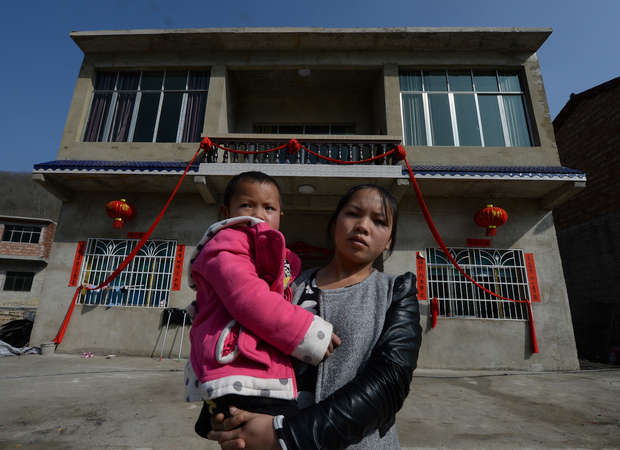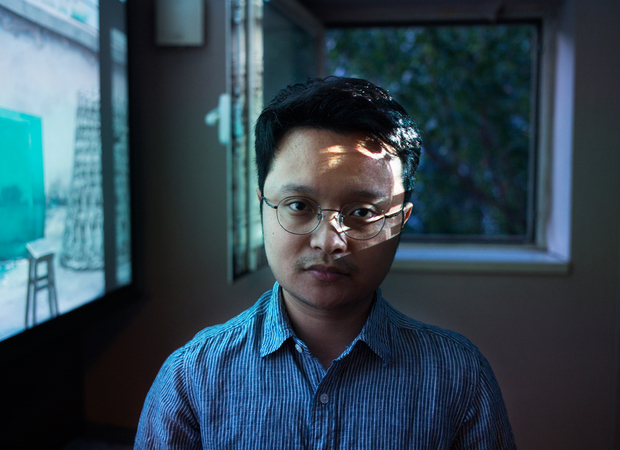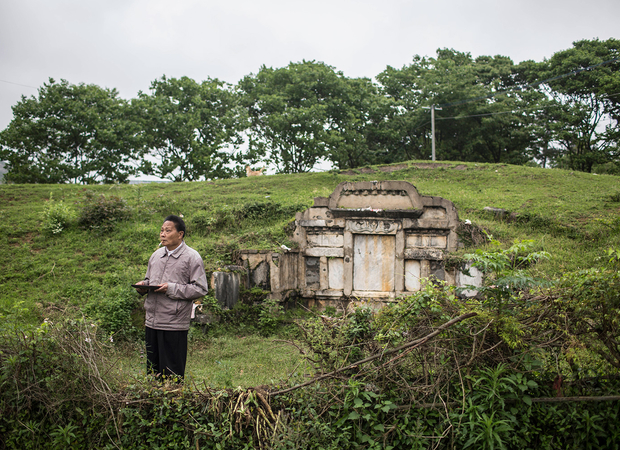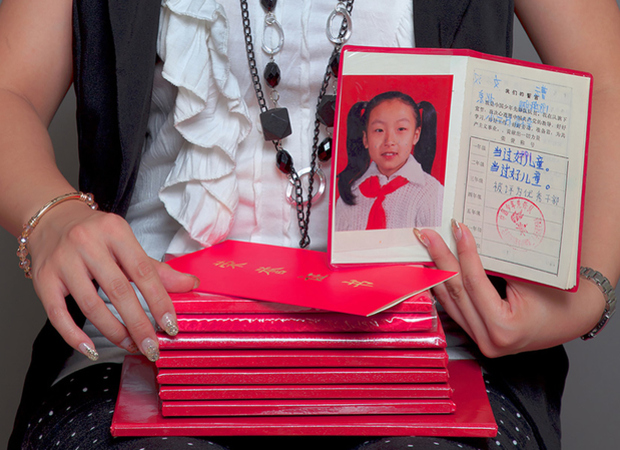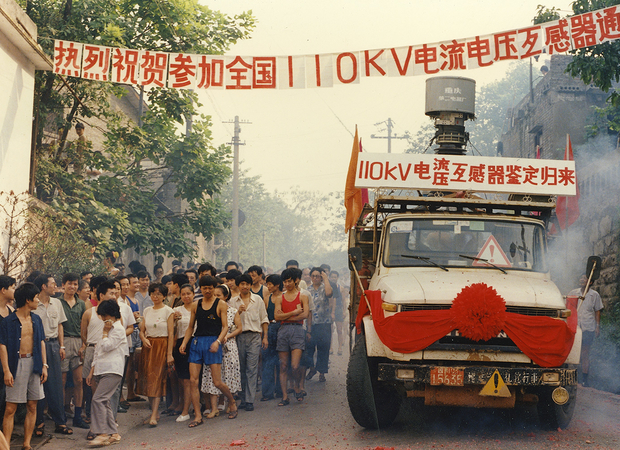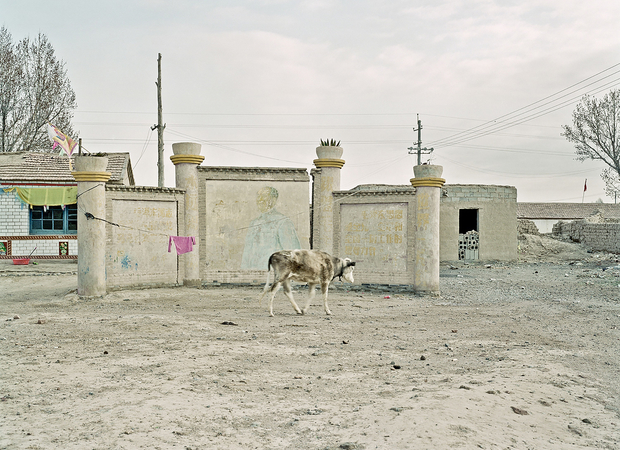Will China’s ‘Taobao Villages’ Spur a Rural Revolution?
Online Businesses Could Regenerate the Rural Economy and Slow the Drift to Cities
on May 31, 2016
The province of Shanxi, in northern China, is famous for coal mining, and the industry’s impact is etched across the landscape. But the province’s southern counties, which lie near the Yellow River, are known for a very different commodity—red dates.
